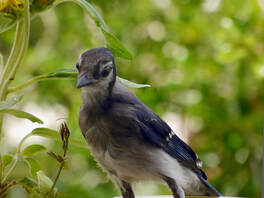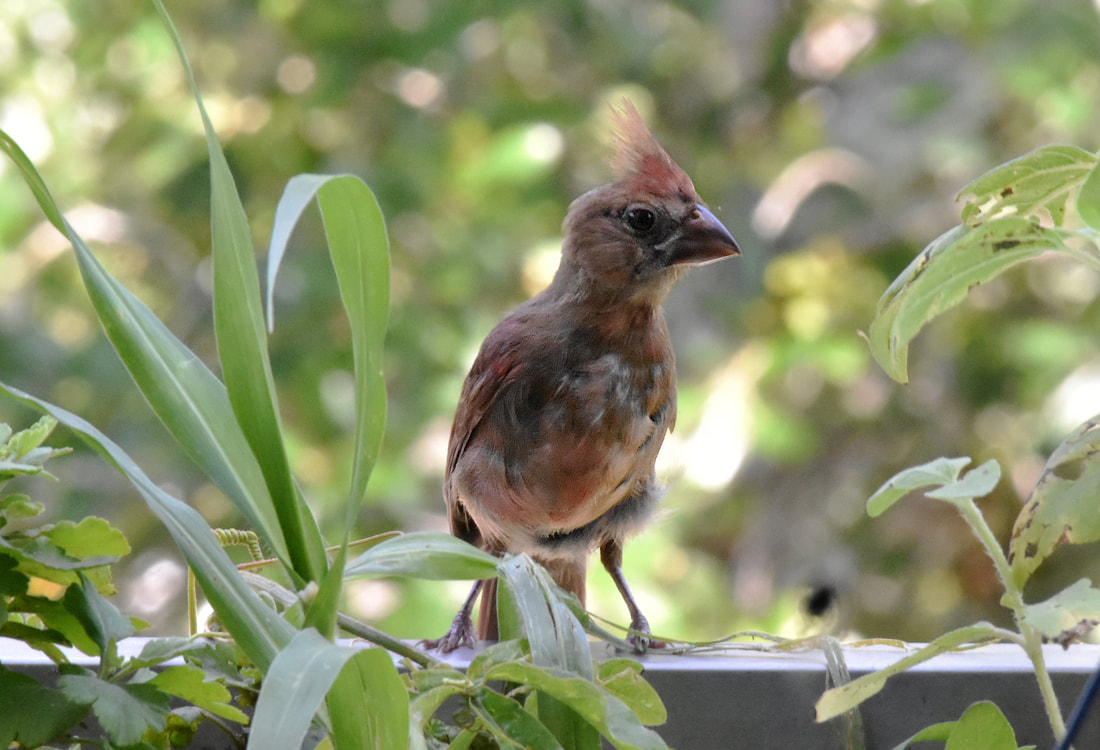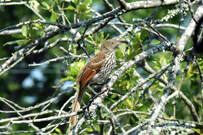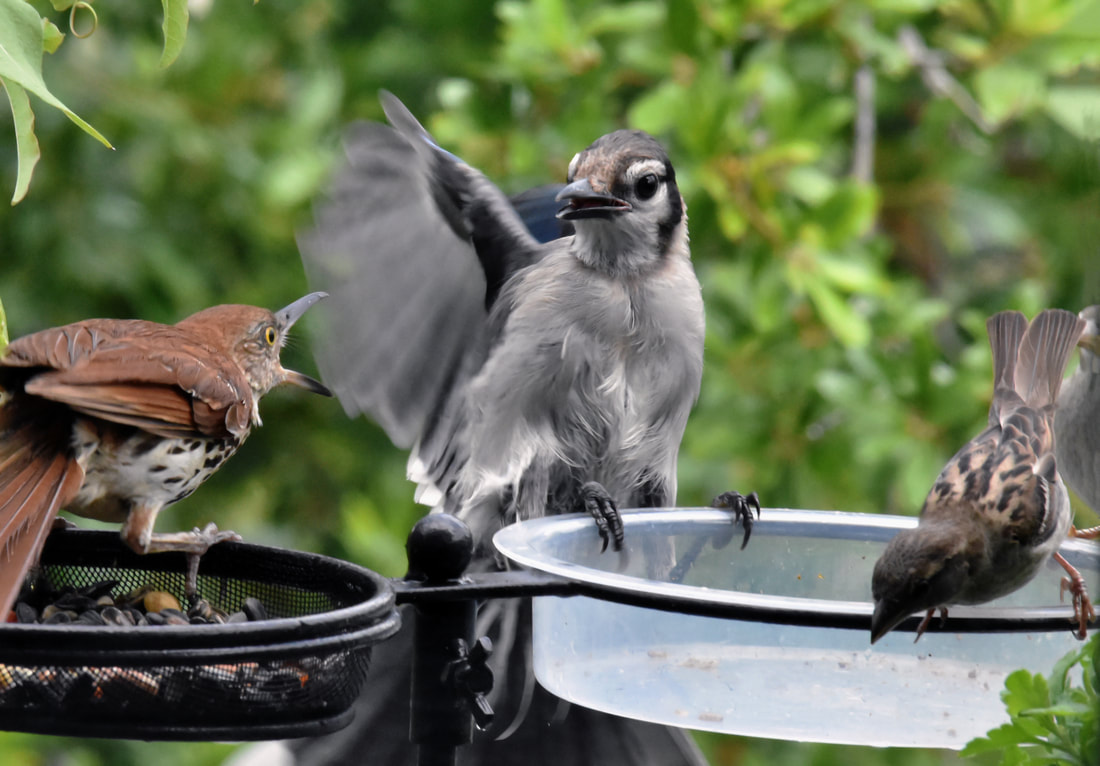Shape Divider - Style tilt
FANTASTIC FLEDGES
Jeremiah 8:7, Yea, the stork in the heaven knoweth her appointed times; and the turtle and the crane and the swallow observe the time of their coming; but my people know not the judgment of the Lord. |
Shape Divider - Style triangle_asymmetrical




